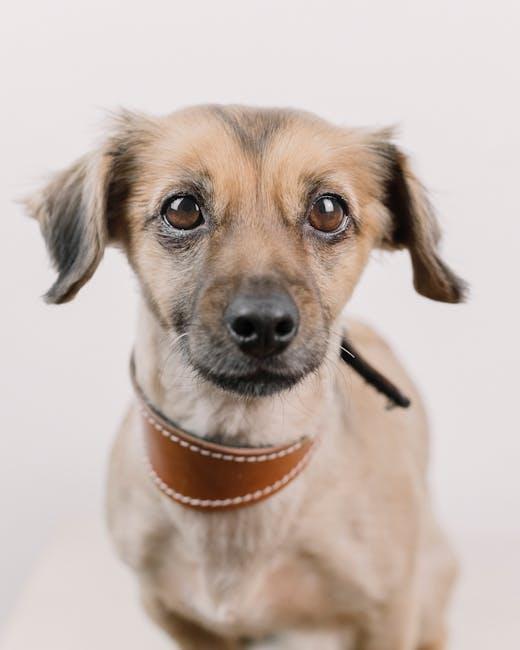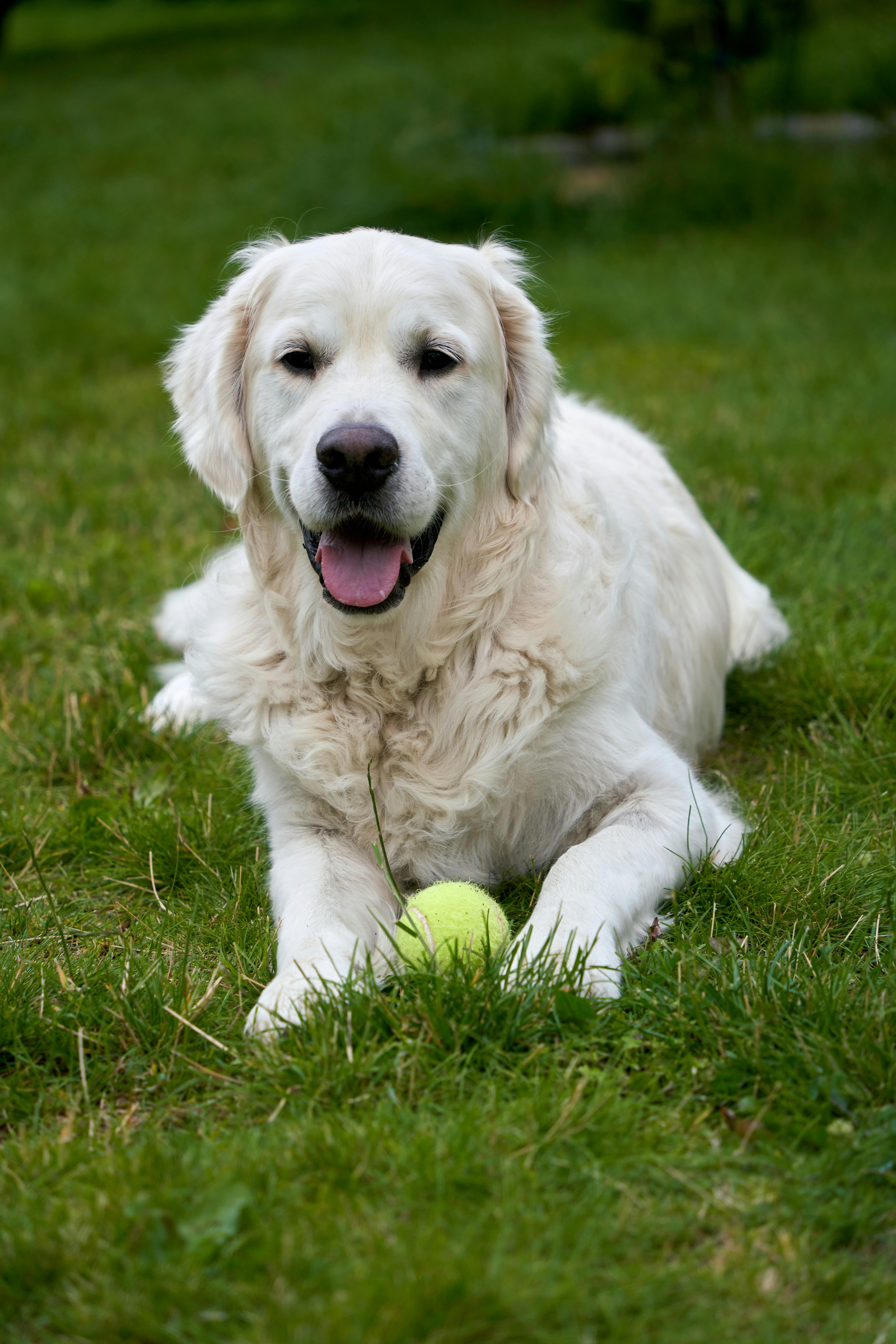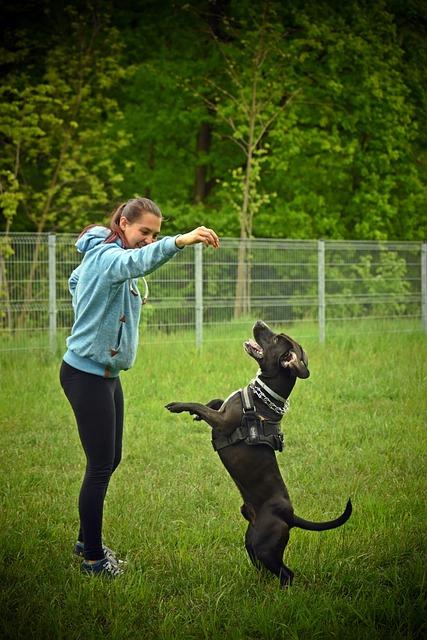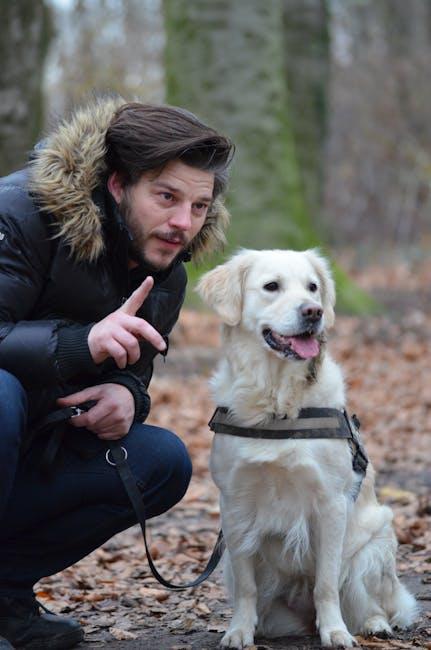How to Train a Dog to Be Calm in the Presence of Other Animals

Training a dog to remain calm in the presence of other animals is an essential skill that enhances both the safety and enjoyment of outings for pets and their owners. Whether you’re walking in the park, visiting a pet-friendly café, or simply enjoying a day in the backyard, ensuring your dog remains composed around other creatures can prevent unwanted incidents and promote a peaceful environment. This article will guide you through effective strategies and techniques to help your dog develop the self-control needed to stay relaxed and attentive, even when other animals are nearby. By understanding your dog’s instincts and applying consistent training methods, you can foster a sense of calmness that benefits both your dog and the community around you.
Understanding Canine Behavior Around Other Animals
When introducing your dog to other animals, it’s essential to understand the nuances of canine behavior to ensure a peaceful interaction. Dogs communicate through a combination of body language, vocalizations, and scents, which can vary significantly from one dog to another. Recognizing signs of stress or aggression in your dog, such as raised hackles, growling, or intense staring, can help you intervene before an encounter escalates. Conversely, relaxed body language like a wagging tail or playful bows often indicates that your dog is comfortable and ready to socialize.
To foster calmness in your dog around other animals, consider the following strategies:
- Desensitization: Gradually expose your dog to other animals in controlled settings, starting with a distance where they feel safe and slowly decreasing it over time.
- Positive Reinforcement: Reward your dog with treats or praise when they remain calm in the presence of other animals, reinforcing the behavior you want to see.
- Consistent Commands: Use clear and consistent commands like “sit” or “stay” to maintain control and guide your dog’s behavior during interactions.
- Leash Training: Ensure your dog is comfortable on a leash, as it can be a valuable tool for maintaining control during encounters with other animals.
By understanding and respecting your dog’s behavioral cues, you can create a more harmonious environment for them to coexist with other animals.
Creating a Safe and Controlled Training Environment
Establishing a secure and controlled setting is crucial for ensuring your dog’s training sessions are effective and stress-free. Begin by choosing a location that is free from potential hazards and distractions. A fenced backyard or a quiet park can be ideal starting points. It’s important to have full control over the environment, so you can manage any unexpected situations effectively.
- Secure Boundaries: Ensure the area is enclosed to prevent your dog from running off and getting into potentially dangerous situations.
- Limit Distractions: Remove toys, food, or other animals that might divert your dog’s attention during training.
- Use Leashes and Harnesses: These can help maintain control over your dog, especially when introducing them to new animals.
- Calm Atmosphere: Keep the environment quiet and calm to help your dog focus and feel at ease.
Having a controlled space not only aids in teaching your dog to remain calm but also helps build their confidence around other animals. This setting allows you to gradually introduce your dog to new experiences while maintaining a sense of security and control. Remember, consistency and patience are key in creating a positive training experience for both you and your furry friend.

Implementing Positive Reinforcement Techniques
Positive reinforcement is a powerful tool when training your dog to remain calm around other animals. This method focuses on rewarding desired behaviors, which encourages your dog to repeat them. Start by identifying what motivates your dog. It could be treats, toys, or even verbal praise. Once you know what your dog responds to, use it consistently to reinforce calm behavior.
When you introduce your dog to another animal, keep the interactions brief and positive. If your dog remains calm, immediately reward them with their preferred motivator. Consistency is key. Make sure to reward your dog every time they demonstrate calmness. Over time, your dog will associate calm behavior with positive outcomes. Here are some tips to help with the process:
- Stay patient and consistent – Change won’t happen overnight.
- Use a calm voice and body language to convey tranquility.
- Gradually increase exposure to other animals as your dog progresses.
- Avoid punishment, as it can create anxiety and worsen the behavior.

Gradual Exposure and Desensitization Strategies
Implementing a methodical approach to help your dog remain composed around other animals involves introducing them to controlled environments where they can gradually get accustomed to these stimuli. Start by exposing your dog to other animals from a distance where they feel safe and comfortable. Maintain this distance until your dog shows signs of relaxation and ease. Gradually decrease the distance over several sessions, ensuring that your dog remains calm and unreactive. This slow and steady approach allows your dog to build confidence and resilience in these situations.
Throughout this process, utilize positive reinforcement to encourage calm behavior. Whenever your dog remains relaxed or exhibits desired behavior in the presence of other animals, reward them with treats, praise, or a favorite toy. Additionally, consider the following strategies to enhance their learning experience:
- Controlled Playdates: Arrange meetings with other well-behaved animals to create positive associations.
- Calming Commands: Reinforce commands like “sit” or “stay” to help maintain focus and composure.
- Short Sessions: Keep initial exposure sessions brief to prevent overstimulation.
- Consistent Routine: Establish a routine that includes regular practice to reinforce learned behaviors.
By gradually increasing exposure and consistently rewarding calm behavior, you can effectively desensitize your dog to the presence of other animals, fostering a more peaceful and controlled interaction.



